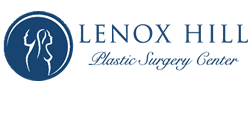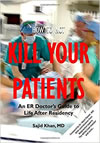expert witnesses
Cosmetic And Reconstructive Surgery Expert William Rosenblatt
This Member is NOT currently an ACTIVE member.
Lenox Hill Plastic Surgery
William B. Rosenblatt, MD
Please Contact Us for more information.

Related areas of expertise
Featured resources
How to Not Kill Your Patients: An ER...
by Sajid Khan, MD
Healthcare Financial Operations...
by James W. Karling, Reed Tinsley, CPA, Joe Havens
A Death at Camp David
by Harry A. Milman, PhD
Follow us










